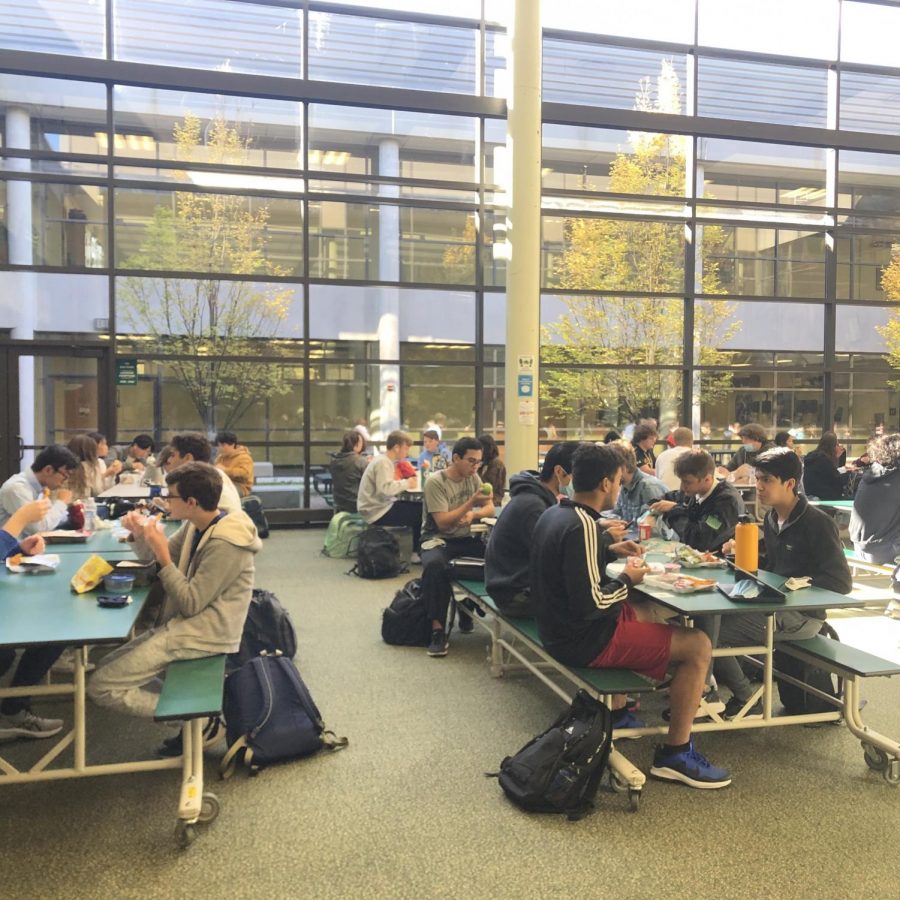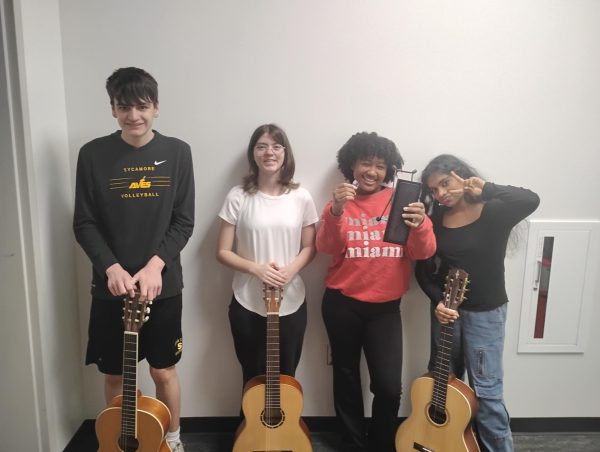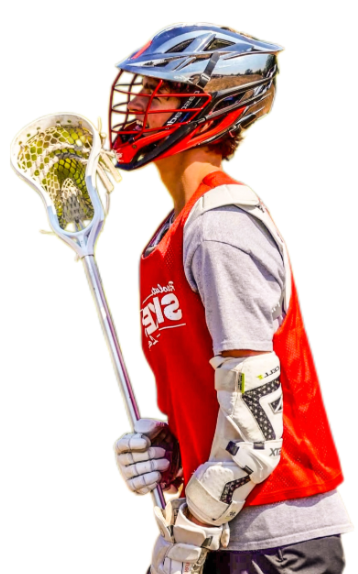Soft Cliques
Cliques and exclusivity in high school
CAFETERIA CROWDS. In the SHS lunch room, you’re probably not going to find designated tables for the jocks, goody goodies, and the popular kids like in many teen movies. Instead, the lines are blurred as students have mainly become more accepting of other students’ differences. This acceptance of others is “what makes for a good atmosphere at school,” said Andrew Sulfsted, 12.
The jocks. The nerds. The band kids. The goth kids. The stoners. The theatre kids. The loners.
Those are just some of the many stereotypical cliques portrayed in teen movies. But at Sycamore High School and other schools around the nation, you probably are not going to find a map that tells you where each posse sits or a diagram detailing each group’s uniform.
In truth, friend groups in high school are not as cut-throat or rigid as those in “Mean Girls” for example. In fact, I’d say that cliques have actually “softened” in two different manners.
First, as teens grow older, they become less preoccupied with adhering to the mold of “popularity” and spend more time building stronger relationships with steady friends, regardless of their social status. Admittedly, in middle school, the group we ate lunch with, walked the halls with, and hung out with at football games, held much more significance for us popularity-hungry tweens.
Now, our mentality regarding strict cliques has “softened” in that we are more accepting of other people and willing to spend time with different groups because we simply have matured. “I have been in situations where I’ve been with mixed groups of friends, and everyone gets along well,” said Andrew Sulfsted, 12.
At the same time, I think that “soft” cliques can take on a different meaning— the cliques still exist but in a more subtle manner.
A comparison could even be made to hard and soft power. Hard power is coercive, such as how a well-defined posse like “The Plastics” in “Mean Girls” makes explicit demands to its members and blatantly excludes others.
On the other hand, soft power is more persuasive and derived from attraction. “Soft” cliques merely attract people because they want to feel a part of a group. In addition, they don’t have a certain name nor particular set of matching attire nor are they outright cruel, but they still fit the Center for Young Women’s Health’s definition of a clique: “a group of friends that pick and choose who is in their group and they leave certain people out.”
Often, some may neglect to notice that they are in one of these groups. Marilene Van den Berg, 12, said that “Cliques are problematic, but the cliques don’t know that… they are intrinsic in that they don’t always go out of their way to exclude someone, but it happens.”
Although cliques do not define our high school experiences, their underlying existence still remains. But by expanding our willingness to accept, interact with, and learn about others, we can bridge the gap between strangers and perhaps even find a new, forever friend.
Your donation will support the student journalists of Sycamore High School. Your contribution will allow us to purchase equipment and cover our annual website hosting costs.



![Mock Trial members from Gold and Green team last year pose for a picture in front of the OCLRE building in Columbus. "We all put in so much work [last] year. I know [this] year we’ll come back improved and ready to win!” said Ogunbodede.](https://shsleaf.org/wp-content/uploads/2025/10/IMG_4121-600x411.jpg)








